
We found 6 landmarks that represent a number of lengths of construction time, from 3 years all the way up to around 1,500 years.
Blackpool Tower – Blackpool – 3 years
The Blackpool Tower is an iconic part of England’s North West coastline, and attracts hundreds of thousands of visitors every year.
At the point of the tower’s opening, it was the tallest man made structure in the British Empire, standing at an impressive 158 meters. Inspired by another famous landmark, the Eiffel Tower, construction began on the Blackpool Tower in 1891, and was completed in 1894, and on the 14th May that year, it was opened to the public.
The tower was constructed using 2,500 tonnes of steel and 5 million bricks, and ended up taking 3 years to complete. You may think that 3 years isn’t that long to complete such a tall structure, but surprisingly, it takes longer to perform the maintenance work on the Blackpool Tower than the time it took to build it. For example, repainting the entire tower is said to take approximately 7 years.
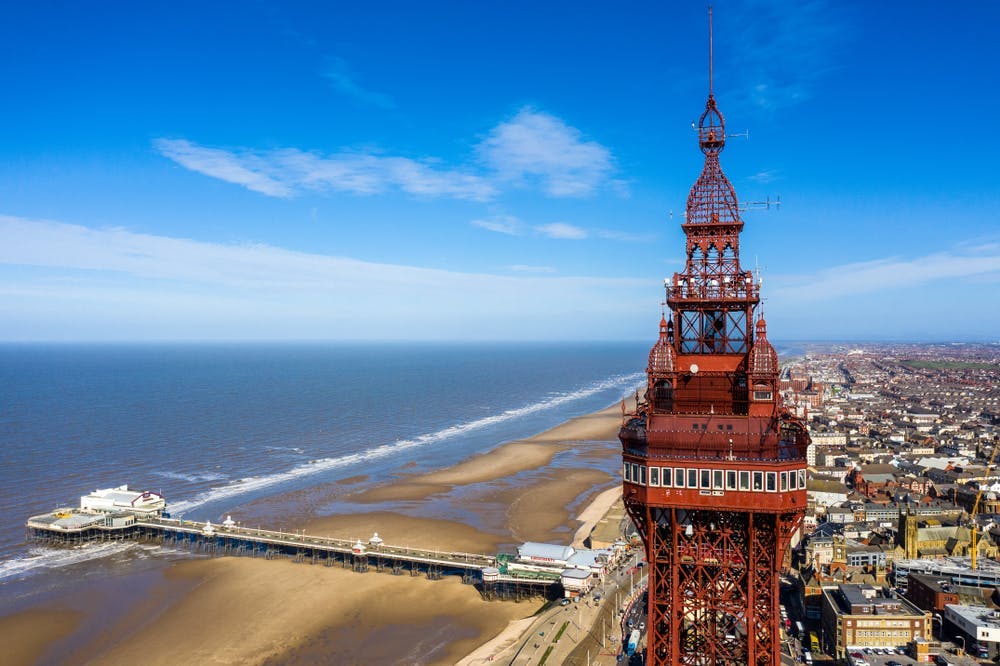
The Corpus Clock – Cambridge – 7 years
The Corpus Clock, otherwise known as The Grasshopper Clock, is a sculptural art piece in the form of a metal grasshopper-like creature atop a 24-carat gold plated stainless steel disc that displays the time by individual slits opening in the clockface, illuminated by blue LED’s.
Located in a window outside the Taylor Library of Corpus Christi College, The Corpus Clock is said to remind us of the inevitable passing of time, with John C. Taylor, who conceived and funded in the project, stating that he wanted the clock to be seen as “terrifying”.
Construction began on The Corpus Clock in 2001 and was unveiled by world renowned Cambridge physicist Stephen Hawking 7 years later in 2008. It is said that 200 people including engineers, sculptors and scientists were involving in making Taylor’s vision come to life, and the clock is estimated to be worth over £1 million.
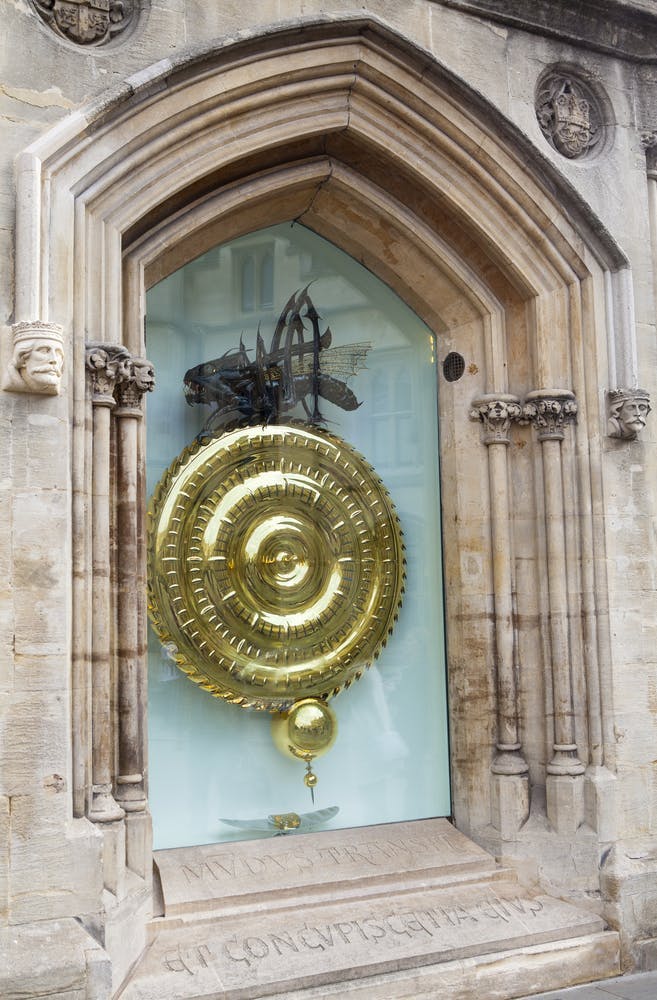
St Paul’s Cathedral – London – 35 years
Moving on to slightly longer construction times, St Paul’s Cathedral as we know it today is actually the fifth iteration of the cathedral, with the first dating back all the way to the Anglo-Saxon era in 604 AD.
The Cathedral has several architectural achievements attached to it, including being the second largest church in Britain, and the dome of the Cathedral has been named as the finest of its kind in the world.
St Paul’s Cathedral has been the venue for a number of significant events, including the wedding of Prince Charles and Princess Diana and Queen Elizabeth II’s Diamond Jubilee celebrations, as well as functioning as a typical church, usually offering 4 or 5 services a day.
The design process is said to have taken several years and ground was broken on this version of St Paul’s Cathedral in 1675, and 35 years later in 1710, the project was complete. Several prominent figures at the time, including the Archbishop of Canterbury, is said to have wanted a cathedral that was: “Handsome and noble to all the ends of it and to the reputation of the City and the nation”¹.

Buckingham Palace – London – Around 150 years
Recognised as the main residence of the UK's monarch, Buckingham Palace attracts hundreds of thousands if not millions of residents and tourists alike hoping to catch a glimpse of the monarch and to admire the buildings’ impressive structure and features.
Originally constructed as Buckingham House, the palace did not become a royal residence until the reign of Queen Victoria in 1837. The palace features a grand total of 760 windows and 1,514 doors, and the architect heading up the enlargement of the palace in the 19th century, John Nash, was fired from the job for exceeding the original budget.
Work to construct the building that would become known as Buckingham Palace started in 1703, and the project wouldn’t be fully completed until 1853.
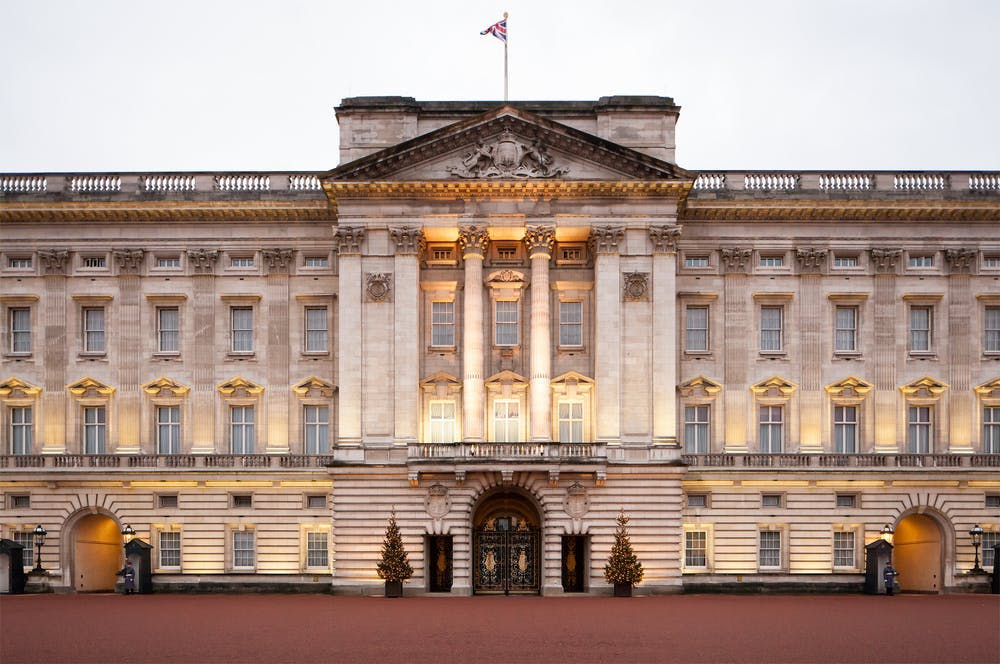
You can imagine how much Door and Window Hardware was needed to complete this project, and while you may not need to kit out hundreds of windows and thousands of doors, you can find everything you need to complete your next large scale project.
York Minster Cathedral – York – 252 years
Another cathedral that took a significant amount of time to build, the York Minster Cathedral started off as a temporary structure for Edwin, King of Northumbria to be baptised all the way back in 627AD, and just like in the case of St Paul’s Cathedral, there were several versions before the one we know today.
The standout feature of the York Minster Cathedral is the Rose Window, an intricate stain glass window that dates back to 1515 and was constructed to commemorate the end of the War of the Roses. In 1984, the cathedral was struck by lightning, and the resulting fire caused the window to shatter in to 40,000 pieces, and it was the job of the workmen to painstakingly restore it back to its former glory.
The York Minster Cathedral as it’s seen today took 252 years to complete, starting in 1220 and finishing in 1472.
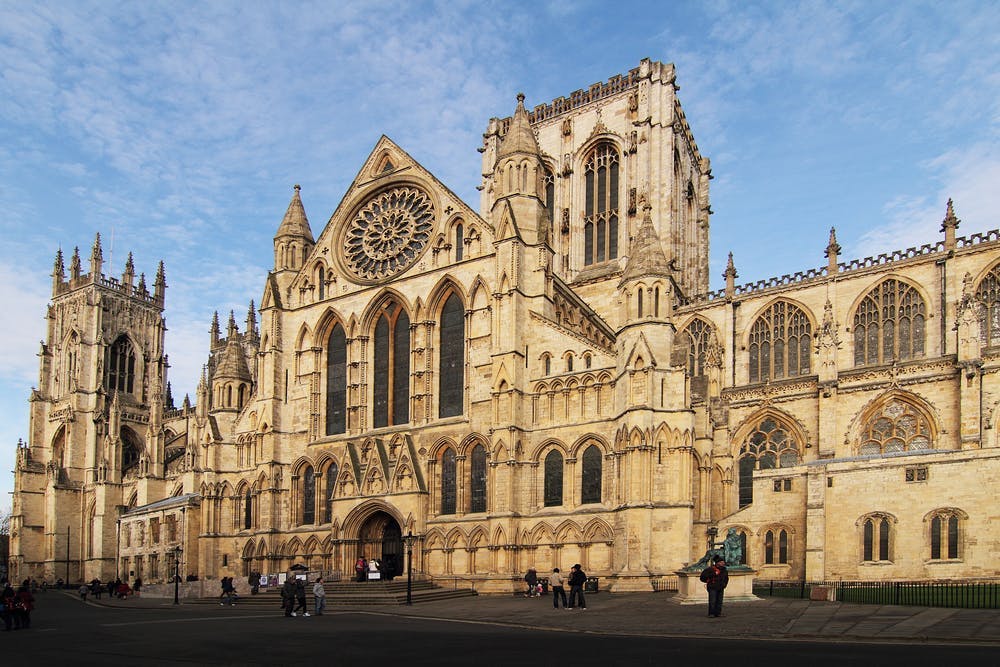
Stonehenge – Salisbury – Around 1,500 years
A truly unique standout as a UK landmark, the prehistoric monument known as Stonehenge is so prestigious when it comes to the British landscape, it was added to UNCESCO’s list of World Heritage Sites in 1986.
Stonehenge consists of an outer ring of large sarsen stones, each around 13 feet tall and weighing between 25 and 30 tonnes each, followed by an inner ring of smaller bluestones, then by free-standing trilithons.
Due to the fact that the construction and arrangement of Stonehenge occurred between 3,000 and 1,500 B.C, it is nearly impossible to know just how much manpower it took to create such a gargantuan structure. However, an experiment conducted by the Institute of Archeology at University College London found that it would’ve taken at least 40 to 50 people to move just one of the stones that forms Stonehenge.
With the obvious lack of modern construction methods at the time, it took several drawn out stages over a period of a staggering 1,500 years to make Stonehenge the iconic landmark it is today.
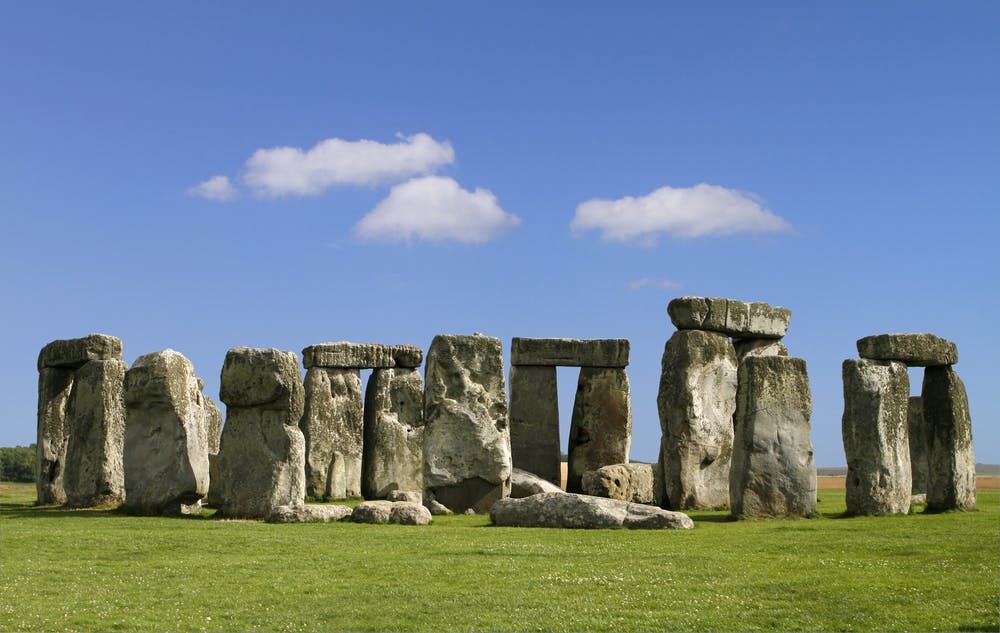
Next time you pass one of these landmarks on your next road trip or your next city day out, you may stop and think about the years, decades or even centuries it took for them to be built in to the buildings and monuments they are today.
References:
Architecture in Britain: 1530-1830 – John Summerson – 1993
